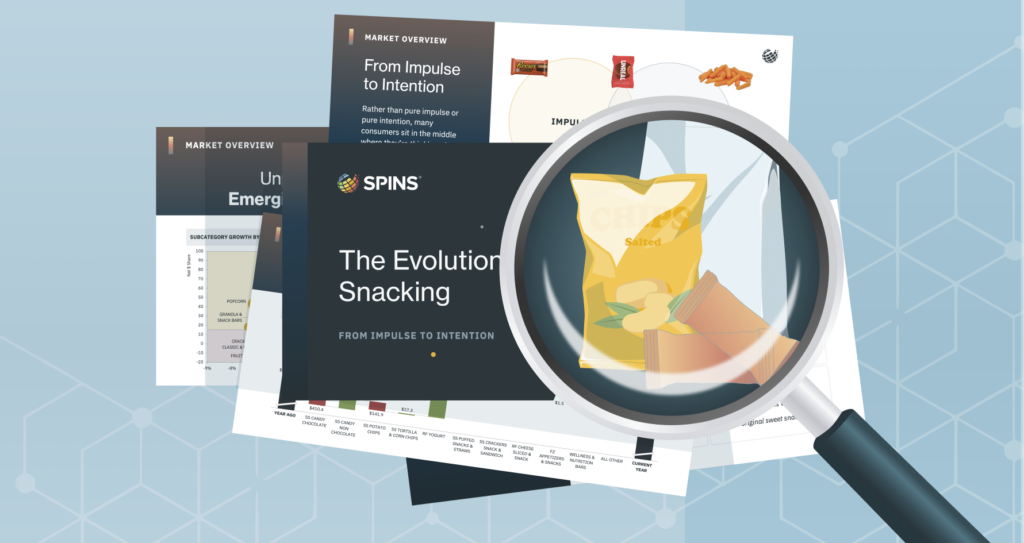What the First Half of 2020 Has Taught Us
To put it mildly, 2020 has been filled with surprises and plenty of learning opportunities. Everyone was thrown into a surprising situation earlier this year and now, several months later, we’re still navigating it. We know for sure that COVID-19 has already begun to change the retail landscape. Now, as we move through summer and start thinking about what daily life might look like as the school year resumes (virtually or in person), it’s a good time to rethink the rest of the year and beyond.
What began as trends at the start of the pandemic have emerged as the new way of life—at least for the foreseeable future—and retailers need to adjust their strategy to meet shoppers where they are. Here are 4 lessons 2020 has already taught us:
Natural’s Strength
Natural products have proven their staying power from the first days of the pandemic through today. When consumers began stocking up in March, items flew off shelves so quickly that no one knew for certain what was the sign of a new trend and what was a blip due to unusual circumstances. After the initial stockpile spike and leveling off that most items experienced, sales in natural have been remain up over the same period last year. Plant-based items—from meat alternatives to milks—are having a record year, and customers are even choosing natural items for their holiday meals.
The pandemic nor the recession have pushed away shoppers. Natural shoppers are not abandoning their lifestyles, especially amidst a health crisis. New shoppers who are taking an interest in their health or who grabbed natural products during the scarcity of the stock-up are coming back. Retailers can maintain strop relationships with these shoppers by keeping shelves fully stocked so that both your loyal and new natural audience comes back to you on their next grocery run.
Omnichannel Can’t Be Ignored
COVID-19 has changed how people shop, and the effects could be permanent. At the start of lockdown, shoppers were afraid to spend too much time in busy grocery stores, risking their health for their less frequent trips. That’s when many shoppers turned to ecommerce, an already growing trend that accelerated thanks to the pandemic. For example, Kroger experienced a 19% increase in year over year sales, but their digital sales grew 92%. They, like many retailers, found success providing eCommerce alternatives for shoppers.
Whereas eCommerce might have once been attractive for its time-saving convenience, it now has a health component as well. States have begun returning to less restrictive guidelines, but COVID-19 cases are still spiking in various locations. Retailers should expect eCommerce to continue to rise as long as the pandemic is a risk and remain strong even after due to customers who will not want to return to the less convenient routines. If you haven’t yet invested in your eCommerce infrastructure or developed plans for how to engage those shoppers in a post-COVID world, now’s the time to start.

Fortunately, as an omnichannel approach to business has grown, so have the possibilities. SPINS has partnered with companies who offer digital solutions that can help retailers succeed in eCommerce, no matter your size or needs:
- Inmar Intelligence uses a common language across the grocery product industry so retailers have a richer engagement with shoppers online and in-store.
- GrocerKey lets retailers elevate their brand, build customer loyalty, and improve shopper engagement with custom experiences, personalized shopping, merchandising, and engagement.
- Mercato personalizes eCommerce and promotions with easy implementation, ideal for small and independent retailers who want to own the shopper relationship from beginning to end.
If you’re not sure which solution makes sense for you, don’t worry—SPINS is here to help and ensure you have an omnichannel presence to succeed in today’s retail landscape.
Price Matters
The average retail price of many goods is rising thanks to a slew of unexpected disruptions caused by the pandemic. It was the perfect storm of cost-raising events: Brands were forced to cancel promotions, some product supplies ran low, and plant closures increased costs. Cost-conscious shoppers trying to maximize their budget during a recession (and uncertain future) are going to browse the aisles strategically. Appeal to their frugal mindset by stocking large sizes, value packs, and private label alternatives. Put budget-friendly options on your shelves so shoppers don’t head to another store (or online retailer) to find a better price.
Expect History to Repeat Itself
Some states, including California and the Southwest, are experiencing a “second wave” that’s causing them to rollback restrictions and putting them closer to the stockpiling phase of March and April, whereas other regions are remaining more consistent. Those developments along with some experts concerned winter will bring another wave of COVID-19 could lead to customers once again loading their pantries with pantry staples like flour and pastas. Plan your inventory accordingly so you don’t get caught with a busy store and low stock.
Trying to adapt to a constantly changing situation and satisfy your customers’ needs can be daunting, but luckily we can get some insights from the first half of the year. Contact us today to find out how SPINS data can help you better prepare for the rest of 2020.





